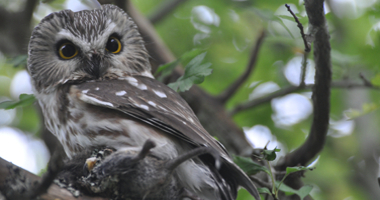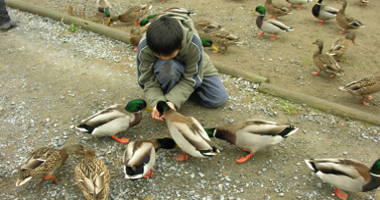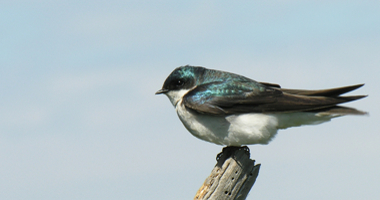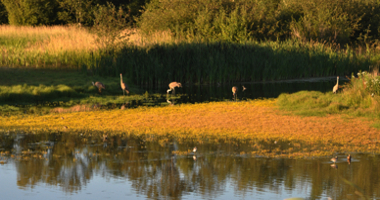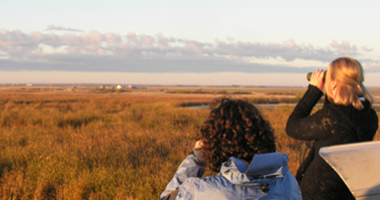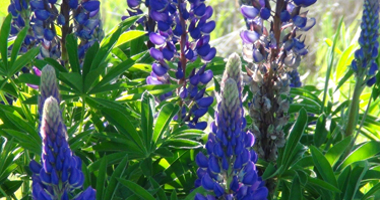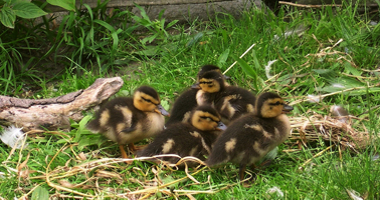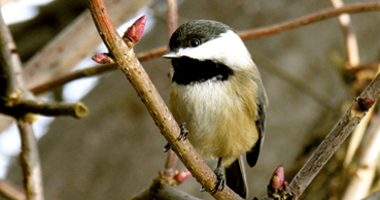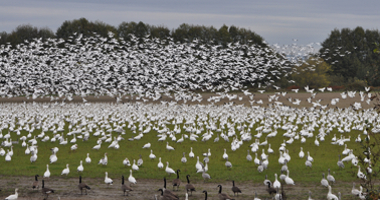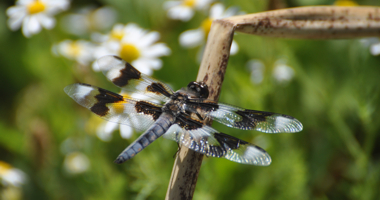Kids & Nature
The Sanctuary can be a very special place for children to explore nature. Many families new to the Sanctuary visit on the weekend, though, and are sometimes lost in a crowd of hundreds of other visitors. Staff and volunteers do not always have time to help families as much as they wish to on these busy days.
Here are some ideas for parents to help prepare for visits. We will be developing it and adding to it over the next few years whenever there are new stories to tell or a new idea to explore with young visitors. The teacher resources on our Resources page might also be of interest to parents.
A Few Basic Concepts About Wildlife
1. Everyone should move slowly. Fast-moving things are usually regarded by most animals as dangerous or predators. People who move slowly and calmly often get to see more types of birds and more natural behavior.
2. Wild birds are not toys or pets. Even if they have come over to see if you have food, please treat them with respect. Birds have to look for food, eat for energy, then rest a bit, and take care of their feathers, their homes and their kids. They have things to do, just like people do, and do not always want to visit with you. Do not try pet the birds, please.
3. Everyone is safe. No birds are likely to harm people that are just walking on the trails. As with people, though, parent birds get very anxious when you are near their nest or young. At any time of the year, if birds feel threatened, they might look like they want to attack, but that is when everyone should back away. You have scared them.
4. Every day is different, and things change from season to season. The thousands of hungry Mallard ducks that are here in the winter drop down to a few hundred in summer, and usually-friendly birds from the winter become secretive when they nest.



